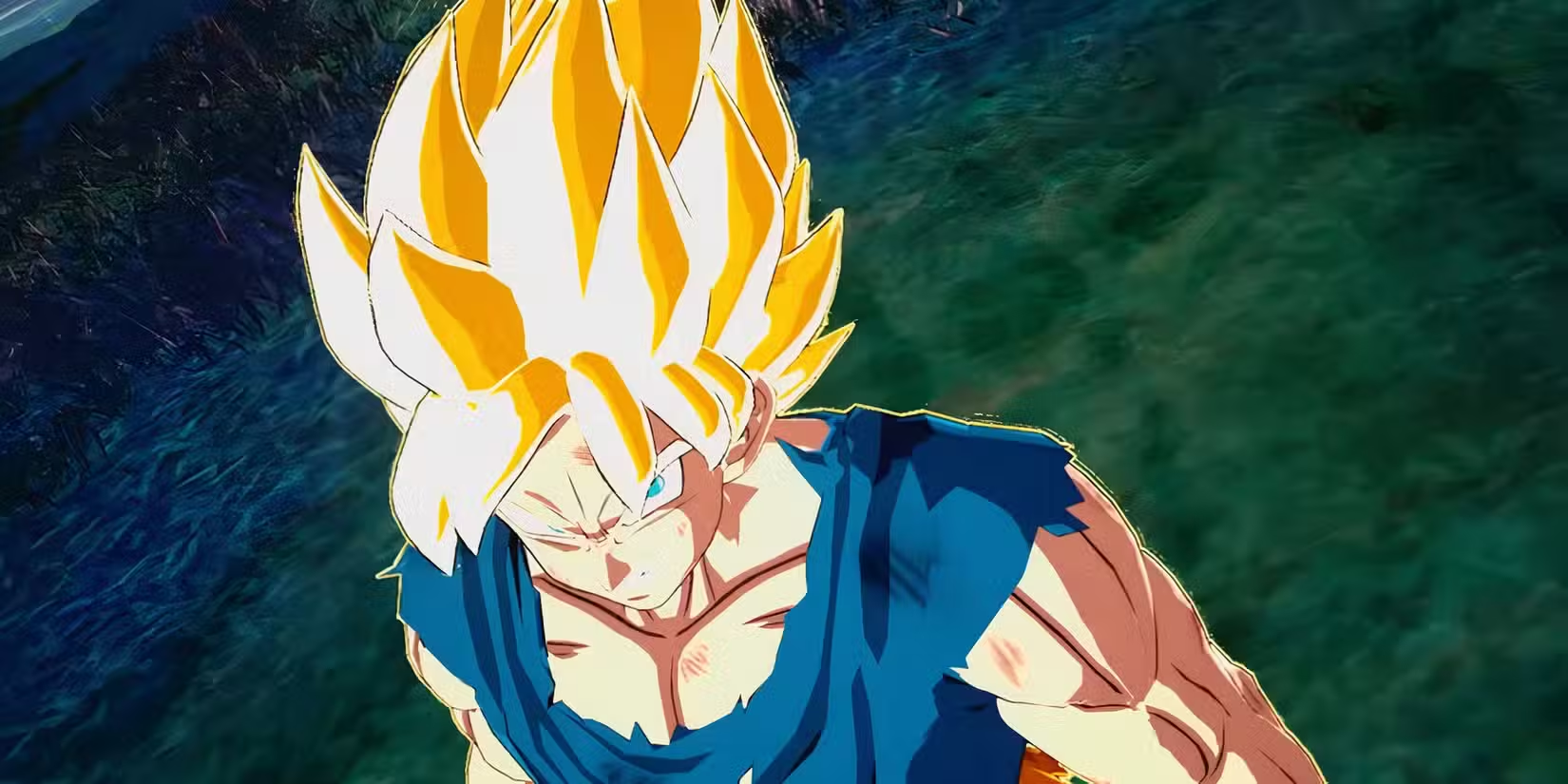4 Minutes
Overview: Disappointing Specs for a High-Profile Port
Bandai Namco has released technical specifications for Dragon Ball: Sparking Zero on Nintendo's platforms, and the results are underwhelming. Despite the Switch 2's strong track record with demanding third-party ports, the fighting game's Switch 2 and original Switch builds appear to prioritize compatibility over fidelity. For players and tech observers, these numbers raise important questions about performance, visual quality, and the trade-offs involved in bringing a modern fighting title to Nintendo hardware.
Official Performance and Resolution Details
Switch 2: Variable Resolution, Locked 30fps
According to the published specs, the Switch 2 version of Sparking Zero targets a 30 frames-per-second experience in both docked and handheld modes, with a maximum dynamic resolution of up to 810p. The resolution is variable rather than fixed, and HDR is supported — a welcome touch — but the framerate cap is notable given what the Switch 2 has demonstrated running other AAA ports.
Original Switch: Reduced Resolution, Same Frame-Rate Ceiling
The original Nintendo Switch build is notably more constrained. Bandai Namco lists a docked resolution of 720p and a handheld resolution of 480p, with no dynamic scaling reported. Like the Switch 2 version, the earlier hardware is limited to 30fps and may experience additional drops depending on on-screen effects and CPU/GPU load.

Product Features and Technical Trade-offs
Key features confirmed for the Switch 2 port include HDR support and dynamic resolution scaling. However, the decision to cap frame-rate at 30fps suggests Bandai Namco prioritized visual parity and stability across modes over unlocking higher performance. This approach reduces technical risk and helps ensure consistent online and local matches, but it sacrifices the responsiveness and visual fluidity competitive players often expect in fighting games.
Comparisons: Switch 2 vs Other Ports and Consoles
When compared to recent high-profile ports such as Cyberpunk 2077, Yakuza 0, and Street Fighter 6 — all of which showed surprisingly strong performance on the Switch 2 — Sparking Zero’s specs look conservative. On PlayStation and Xbox hardware, players are likely to see higher resolutions and more stable 60fps modes, which matters for both visual fidelity and input responsiveness in fast-paced combat.
Advantages, Use Cases and Who Should Buy
Advantages of the Switch/Switch 2 editions include portability and access to local multiplayer without needing a docked console. For casual players and Dragon Ball fans who value portability, the Switch 2 build still offers a complete experience with HDR and the franchise’s gameplay intact. Competitive players and those chasing the best audiovisual presentation will likely prefer playing on PS5/Series X or high-end PC.

Market Relevance and Developer Considerations
These specs highlight the challenges developers face when optimizing flagship titles across diverse platforms. Supporting both the original Switch and the newer Switch 2 adds engineering complexity and may explain cautious decisions about post-launch content scheduling. From a market perspective, the conservative Switch 2 build may limit the platform’s appeal for performance-focused players, even as it preserves broader audience reach.
Bottom Line
Dragon Ball: Sparking Zero will be playable on Nintendo hardware, but the Switch 2 version’s 30fps cap and variable 810p ceiling mean it won’t showcase the game at its technical best. Fans who prioritize portability will still find value in these ports, but competitive and visual purists should consider console or PC alternatives for the definitive Sparking Zero experience.
Source: thegamer


Leave a Comment